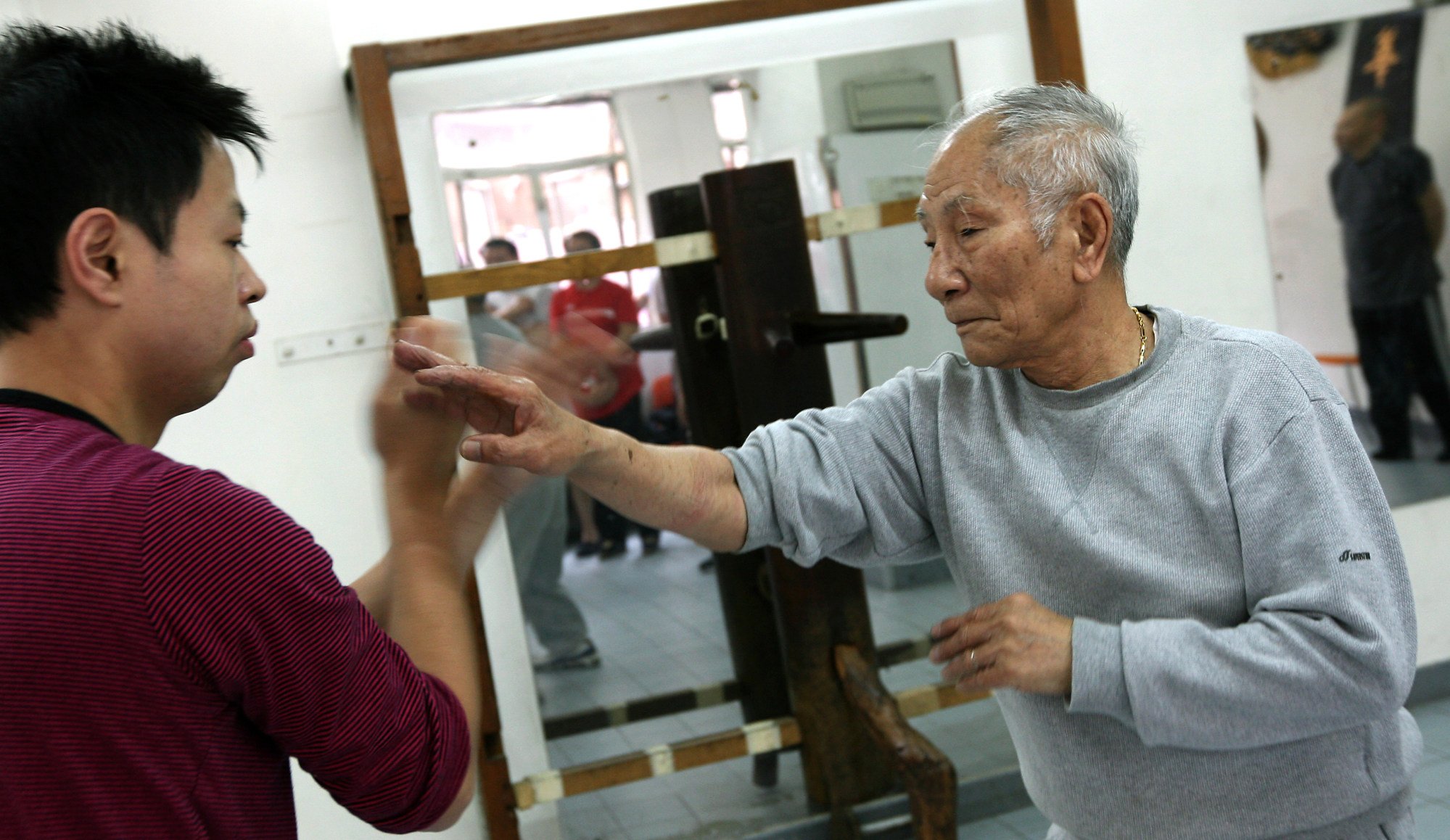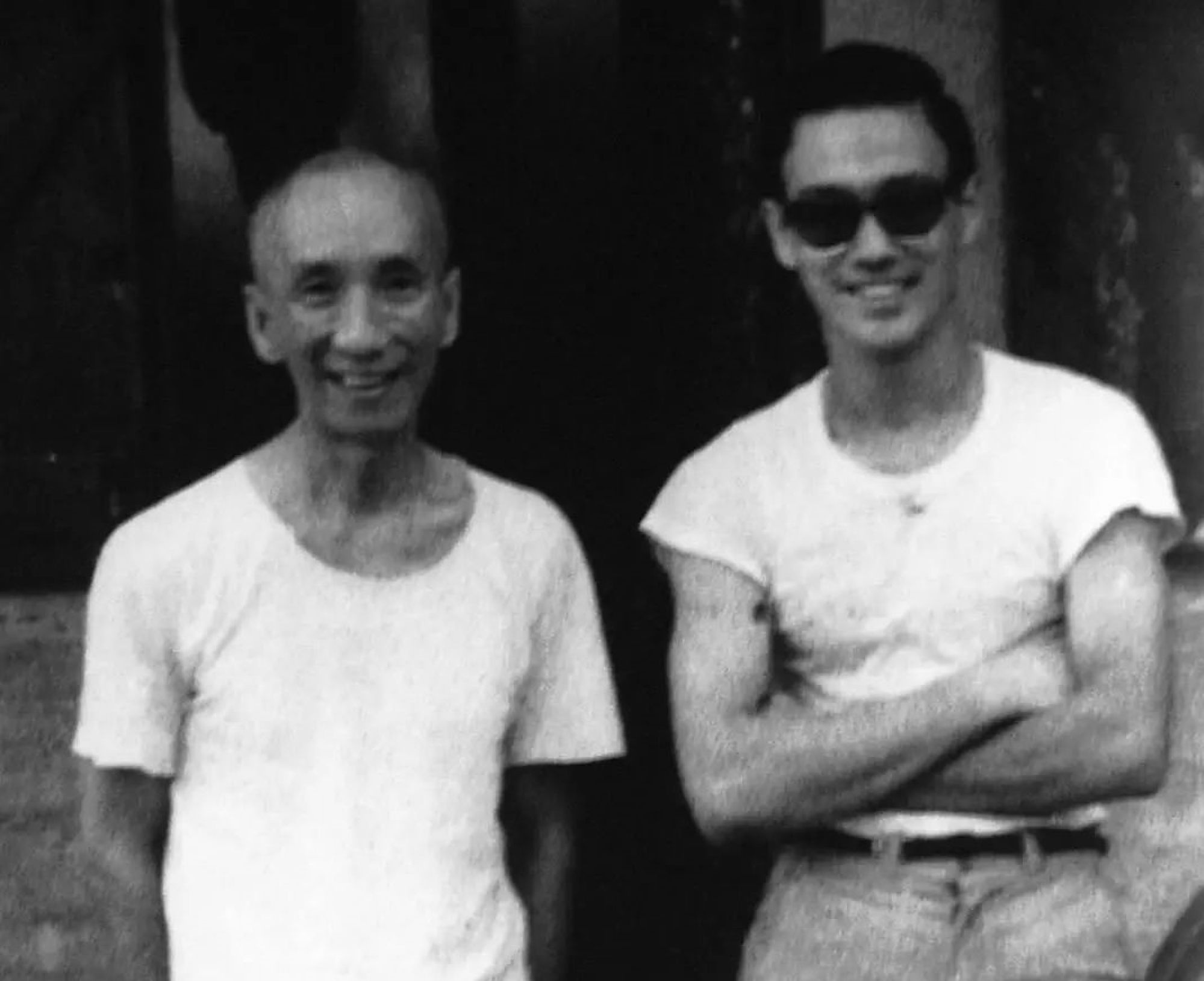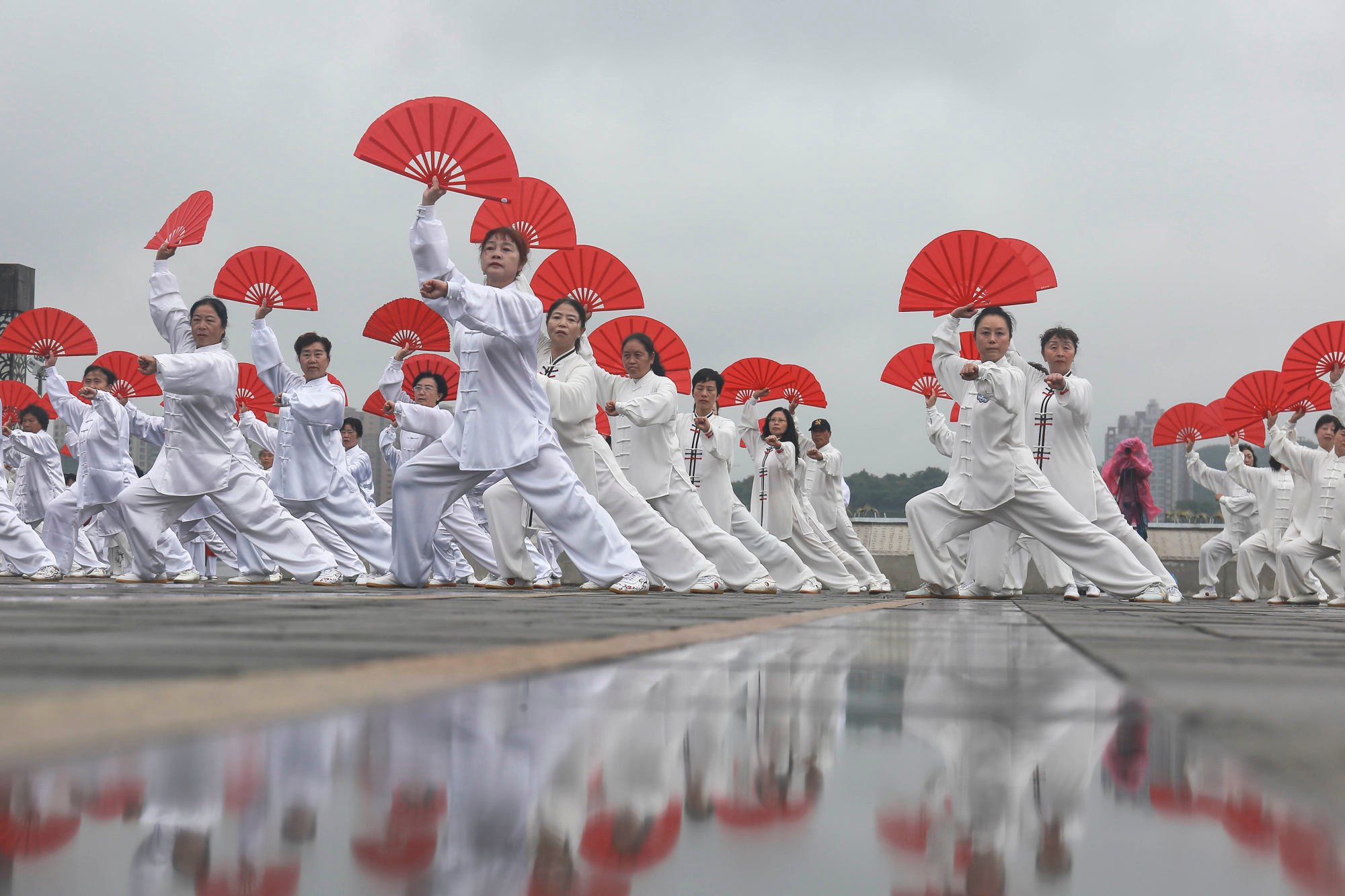
Explainer | Chinese martial arts 101: Bruce Lee popularised them, but what defines them? 4 major types
- Bruce Lee took Chinese martial arts global in the 70s. We look at the origins and characteristics of 4 major types, from tai chi to Shaolin
Wushu, literally meaning “martial arts”, refers to forms of fighting that can be traced back around 4,000 years, to a time when China was gripped by clan wars.
It was not until the 1970s, however, that Chinese martial arts became a global pop-culture phenomenon, when the 1973 Hong Kong cinema classic Enter the Dragon, starring Bruce Lee, achieved unprecedented success, grossing more than US$400 million worldwide.

Although kung fu is by far the most popular term, official Chinese martial arts competitions continue to use wushu. The World Wushu Championships, hosted by the International Wushu Federation, is one example.

We delve into four major schools in Chinese martial arts with different approaches to wushu.
1. Shaolin
Shaolin is one of the most well-known schools of wushu globally; there are many videos online showing the extreme discipline and training of Shaolin monks.
Throughout history, Shaolin monks absorbed techniques from other monasteries and schools of wushu. The Shaolin style is more attack focused, with 371 forms of fist fighting and ways of using weapons, and 72 secret arts.
Historically, Shaolin monks used their skills in battle. In the 7th century, 13 Shaolin monks helped a Tang dynasty emperor fight off an enemy. Nine centuries later, during the Ming dynasty (1368-1844), more than 80 Shaolin monks fought against Japanese pirates.
By the late Ming and early Qing (1644-1911) dynasties, events such as these had earned Shaolin quan respect as one of the major schools of wushu in China.
2. Wudang

Although not as famous as Shaolin worldwide, Wudang is just as respected. As the Chinese saying goes: “Shaolin is respected in the north and Wudang in the south.”
While Taoists’ aversion to external validation has led to the origins of the martial art being shrouded in mystery, it is believed to have been practised in the Wudang mountains since the early days of Taoism – which developed after the Spring and Autumn period (770-481BC) in China.
Modern scholars say practitioners of Wudang were very protective of their techniques and chose their disciples very carefully. As a result, Wudang was not widely spread – although a school that taught it was founded in Nanjing, eastern China, during the late Qing dynasty.
Wudang, a neijia (internal) style, sits at the other end of the spectrum from Shaolin, which is an attack focused, waijia (external) style of wushu.
In Wudang, the practitioner only strikes after the enemy strikes. There is also more emphasis on cultivating inner strength.
3. Wing Chun

Wing Chun is a relatively young school of wushu with close ties to Hong Kong.
It originated in southern China and was consummated by legendary martial artist Ip Man, who was from Foshan, in Guangdong province, but moved to Hong Kong in his teens.
In 1967, he founded the Ving Tsun Athletic Association, a martial arts school which still operates in Hong Kong’s Mong Kok neighbourhood.
There are some characteristics of Wing Chun that set it apart. For instance, the basic “sheep riding” stance of Wing Chun differs from the “horse riding” stance of other schools, in which the knees face outwards. Instead, Wing Chun practitioners’ stances are lower, with their knees bent inward to touch.
Uniquely, Wing Chun uses a wooden dummy called a mook yan jong for training. Practitioners practise movements on the wooden dummy to build conditioned reflexes.

4. Tai chi
Tai chi was founded at the Qianzai Temple in Chen village, in Henan province, during the late Ming and early Qing dynasties, and comes under the umbrella of Wudang.
The name tai chi is a romanisation of taiji, a Mandarin term meaning “supreme ultimate”. Simply put, taiji refers to the philosophy of yin and yang.

Tai chi movements are guided by qi – internal vital energy – and directly stem from philosophical concepts.
For instance, tai chi’s five basic foot techniques are based on the theory of five elements – fire, water, wood, metal and earth.
Fire corresponds to stepping in, water to stepping back, wood to stepping to the left, metal to stepping to the right and earth to keeping the central position.
Look out for our next Chinese martial arts explainer, about its leading exponents in cinema, on June 13.








